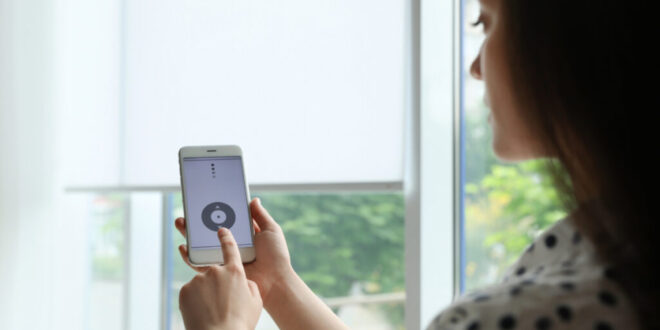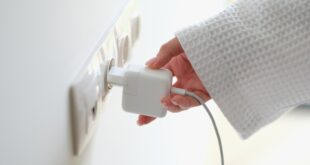When it comes to the future of interior design, the word that springs to mind in 2025 is ‘smart’.
The technology has had an enormous impact on the living space, and it is expected to continue. The integration of technology is predicted to become more fluid as the year progresses. It is expected that technology will be seamlessly integrated with aesthetics in the coming year, so there won’t be any need to compromise on either.
What is the purpose of smart home automation in general?
The introduction of smart glasses is one new development that exemplifies this. The glass can be switched from transparent to opaque by simply flicking a switch, or even better, using voice commands. This is a fantastic example of technology that provides privacy while also increasing energy efficiency.
In Europe, the combination of practicality and great design is becoming more popular.
The technology will take window treatment to the next level in 2025. Motorised blinds, curtains and shades are on the rise. They allow homeowners to control their light levels, privacy settings and energy efficiency with minimal effort.
Smart homes control temperature, lighting and even furniture
Whether it’s voice-controlled lighting, temperature regulation, or even automated furniture, integrated technology in the home is increasingly becoming the ‘new normal’. The future of interior design may not be just about the aesthetics, but how technology can enhance our relationship with a space.
Over to you – Do you think that all homes will be ‘smart’ in the future?
Donna Williams – Find more articles
 Costa News Spain Breaking News | English News in Spain.
Costa News Spain Breaking News | English News in Spain.





